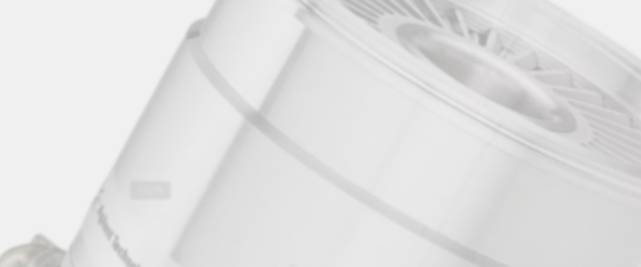Nov . 16, 2024 12:43 Back to list
are brake drums the same as rotors
Are Brake Drums the Same as Rotors?
When it comes to the braking systems of vehicles, two key components often come into play brake drums and brake rotors. While both serve the critical function of slowing down or stopping a vehicle, there are distinct differences between the two, as well as unique characteristics that influence their performance and applications. Understanding these differences is essential for anyone looking to maintain or upgrade their vehicle’s braking system.
What Are Brake Drums?
Brake drums are a type of braking device primarily used in drum brake systems. They are typically made from cast iron or aluminum and are designed to house the brake shoes. When the driver applies the brakes, the brake shoes expand against the interior surface of the drum, creating friction that slows down the wheel. This type of braking system has been widely used in older vehicles and some modern ones, particularly in the rear brakes of trucks and larger vehicles.
What Are Brake Rotors?
On the other hand, brake rotors, also known as discs, are used in disc brake systems. They are circular metal components typically made from cast iron, carbon composite, or other advanced materials. When the brakes are applied, brake pads clamp down on the rotor, generating friction that slows down the vehicle. Disc brakes have become the standard in most modern vehicles due to their superior performance, especially under high-stress conditions like hard braking and wet weather.
Key Differences Between Brake Drums and Rotors
are brake drums the same as rotors

1. Design and Functionality The primary difference between brake drums and rotors lies in their design and the way they function. Brake drums are cylindrical and enclose the brake shoes, while rotors are flat discs that are exposed on the outside. This difference in design affects how heat is dissipated during braking. Discs (rotors) offer better cooling through air circulation, which can enhance braking performance and reduce the risk of brake fade.
2. Performance When it comes to performance, disc brakes generally outperform drum brakes. Disc brakes can provide more stopping power and respond better to changes in speed. They are also less prone to fading over extended use or in wet conditions. In contrast, drum brakes can be less effective in these situations due to their design, which can trap heat and moisture.
3. Maintenance The maintenance requirements for drum brakes and disc brakes vary significantly. Drum brakes are more complex, with more components that can wear out over time, including the brake shoes and springs. They often require more frequent adjustments and inspections. Disc brakes, while still requiring maintenance, tend to be simpler to service. Brake pads are easier to replace than brake shoes, and rotors can often be resurfaced rather than replaced outright if they are not too worn.
4. Cost Generally, drum brake systems are less expensive to manufacture and install compared to disc brake systems. This cost difference can be a deciding factor for manufacturers, particularly in budget-friendly vehicles. However, the long-term benefits of disc brakes in terms of performance and maintenance can justify their higher initial cost.
5. Applications Different vehicle types may utilize either drum or disc brakes for specific reasons. Drum brakes are often found in the rear brakes of trucks and vans where maximum stopping force is not as critical. On the other hand, most passenger cars and high-performance vehicles use disc brakes on all four wheels to ensure optimal braking performance.
Conclusion
In summary, while brake drums and brake rotors serve the same fundamental purpose of slowing down or stopping a vehicle, they are distinct components with different designs, functionalities, and performance characteristics. Disc brakes, with their superior performance, better heat dissipation, and simpler maintenance, have largely replaced drum brakes in modern automotive applications. Nonetheless, each system has its place depending on the type of vehicle and its intended use. Understanding these differences is crucial for vehicle owners and enthusiasts alike, enabling them to make informed decisions about their braking systems. Whether you’re replacing worn-out parts or upgrading your vehicle, knowing the distinct roles of brake drums and rotors will guide you toward safer and more effective braking solutions.
-
HINO Industrial Solutions - ¡Ң���ຽ��е��������˾ | Advanced Efficiency&Customization
NewsJul.13,2025
-
HINO Industrial Efficiency Solutions - ¡Ң���ຽ��е��������˾
NewsJul.13,2025
-
HINO Industrial Solutions - ¡Ң���ຽ��е��������˾ | Advanced Technology&Reliability
NewsJul.13,2025
-
HINO Industrial Efficiency-Jiangsu Hino Industrial|Productivity Optimization&Cost Reduction
NewsJul.12,2025
-
HINO-¡Ң���ຽ��е��������˾|Advanced Industrial Solutions&Energy Efficiency
NewsJul.12,2025
-
Premium Brake Drum Iveco – Durable Drum Brake Drum & Brake Shoe Solutions
NewsJul.08,2025
